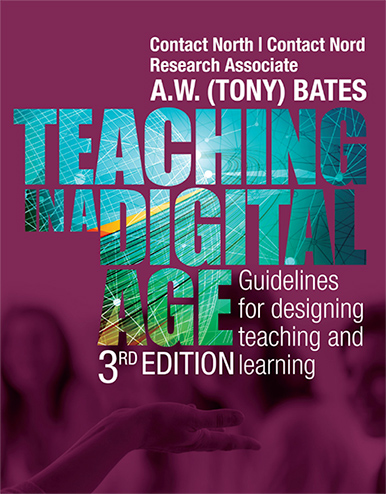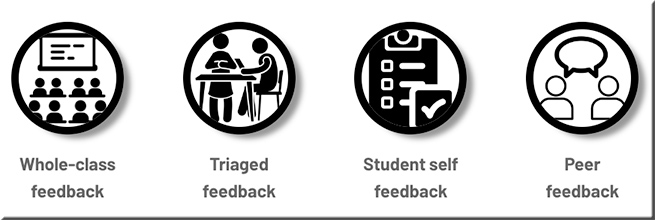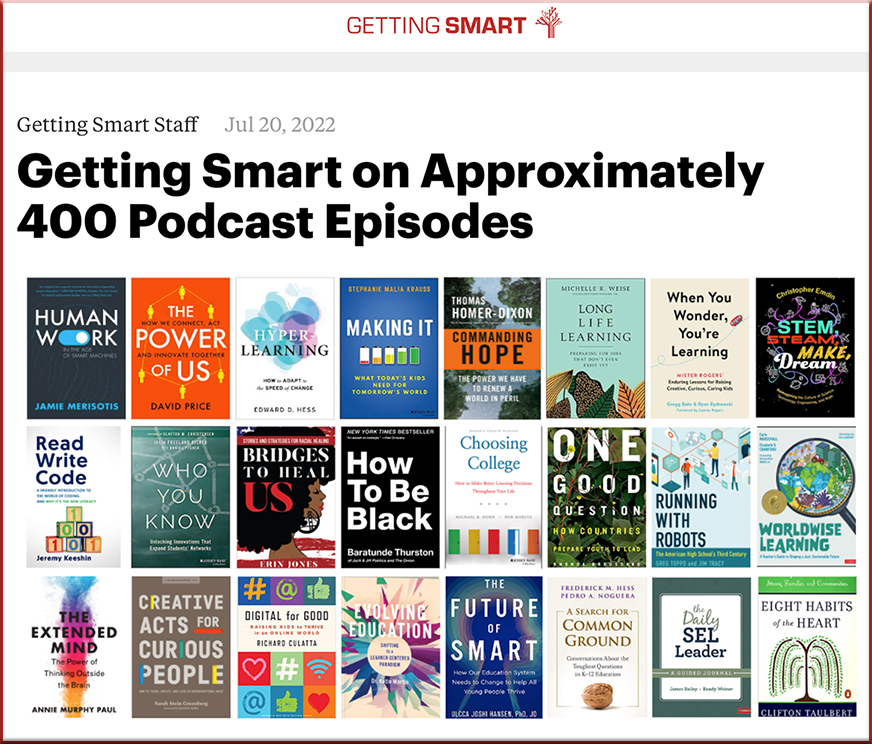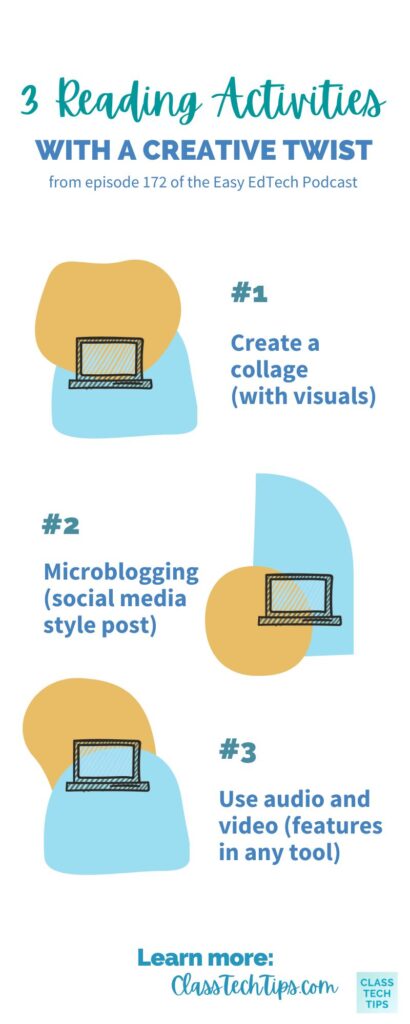Third edition of Teaching at a Distance is now published — from tonybates.ca by Tony Bates
Excerpts:
The book has been up-dated to take account of the impact of the pandemic on teaching and learning, and with more emphasis for those in k-12 education to balance the post-secondary focus.
.

20 Things To Remember About Forgetting — from theelearningcoach.com by Connie Malamed
What Causes Us To Forget
Excerpt:
Even though we use it all day and night, we are usually not aware of our memory’s processes until they fail. Yet remembering and forgetting are crucial aspects of learning. In learning design, it’s important to know what causes us to forget. Here are some key facts about the forgetting process that relate to learning, instruction and creativity.
Jigsaw Explorer — Free Online Jigsaw Puzzles for Students — from educatorstechnology.com by Med Kharbach, PhD
Excerpt:
Jigsaw Explorer is a website that offers a wide variety of online jigsaw puzzles that you can use with kids and students in and out of class. Jigsaw Explorer also allows you to create your own puzzles based on your photos and you can share these puzzles with others via email or through social media websites.
Help All Students Be Seen: Five Tips for Stronger Connections — from blog.edmentum.com by Amy Collins
Excerpt:
I began to challenge myself to set aside my preconceived boxes for them and see each one as a person—complex, with parts they reveal to the world easily and parts they hide. As I did this more and more, I was amazed at how my strategies needed to change in order to truly see each student and make those strong connections that lead to more effective learning. In this blog post, I hope to share some thoughts on how to adjust your own thinking to see the true student within.
An excerpt from Eva Keiffenheim’s recent Learn Letter| learning science to make the most of your mind
Resources for Evidence-Based Teaching
Are you an educator who wants to improve teaching? This website can be a great help. You can access proven, practical and free educational articles on psychology, assessment, behavior, and social-emotional learning. One of my favorite articles include 6 high-impact teaching strategies.
.
This YouTube Star Says AI Will Become a Creative ‘Collaborator’ With Students — from soundcloud.com by Jeff Young and Taryn Southern
Description:
Taryn Southern is a pioneering YouTuber who these days experiments with how cutting edge tech might transform human expression. She’s recorded a pop album that she co-wrote with some AI code, for instance, and she’s created a digital clone of herself that she can use to make videos for her popular YouTube channel. Here’s what she sees coming for education.
#convergence #AR #VR #MR #AI #blockchain #HCI #Metaverse
.
Teacher shortage? Here’s one way around it — from edcircuit.com by EdCircuit Staff
Excerpt:
After seeing the teacher shortage first hand in China, Jessie Sullivan and Isla Iago launched an innovative new start-up that teaches children how to read and write through YouTube – without the need for adult expertise or attention. Since the release in July, the start-up called See Say Write is already being used by schools, homes, and children’s charities in seven different countries.
[Administrator Tips] Sharing the Benefits of Virtual Learning with Homeschooling Families — from blog.edmentum.com
Excerpt:
One of the long-lasting results of the pandemic is the number of ongoing virtual learning programs that have been created, allowing schools to retain students who found that they need or prefer to learn in a virtual environment. Another segment of students who have been increasingly turning to online learning is homeschoolers.
Virtual learning programs offered through the school district have a great deal of benefits to offer homeschooling families. Promoting these benefits and showing families that a district virtual program offers the best of both worlds can help bring families back from independent homeschooling.
While there certainly are differences between traditional homeschooling and online schooling, it is helpful to point out the similarities and benefits so that homeschooling families can make an educated decision about the options available to them.
Addendums on 8/22/22:

















